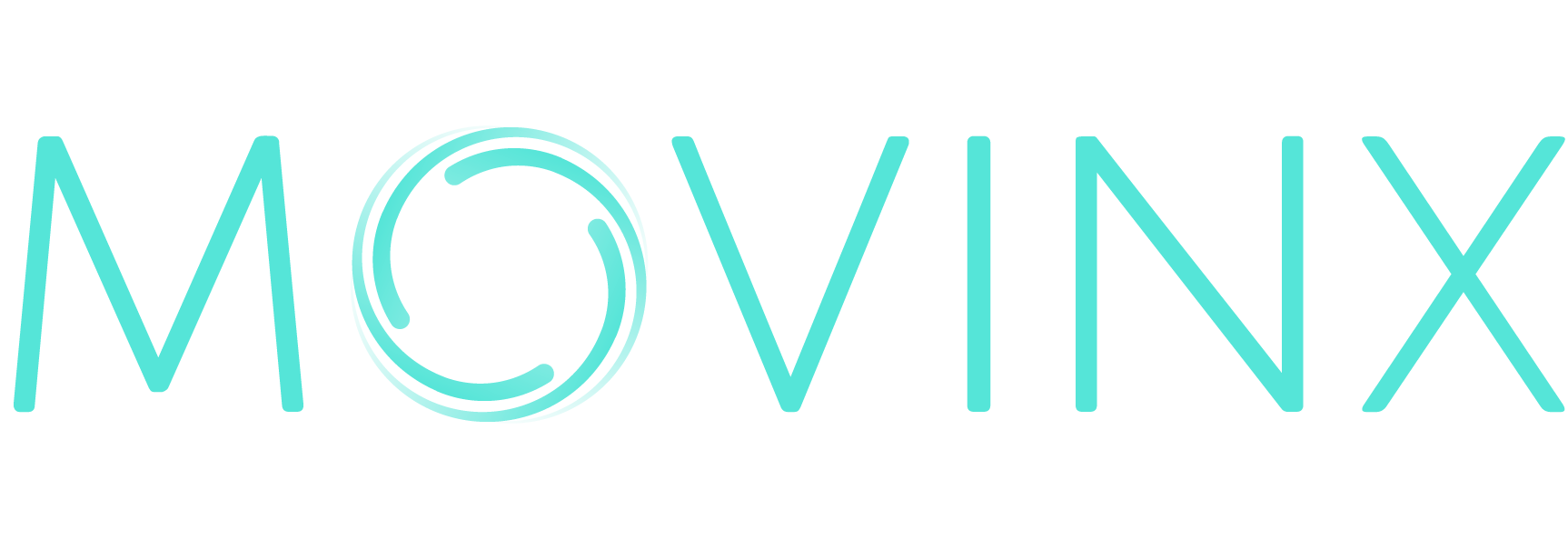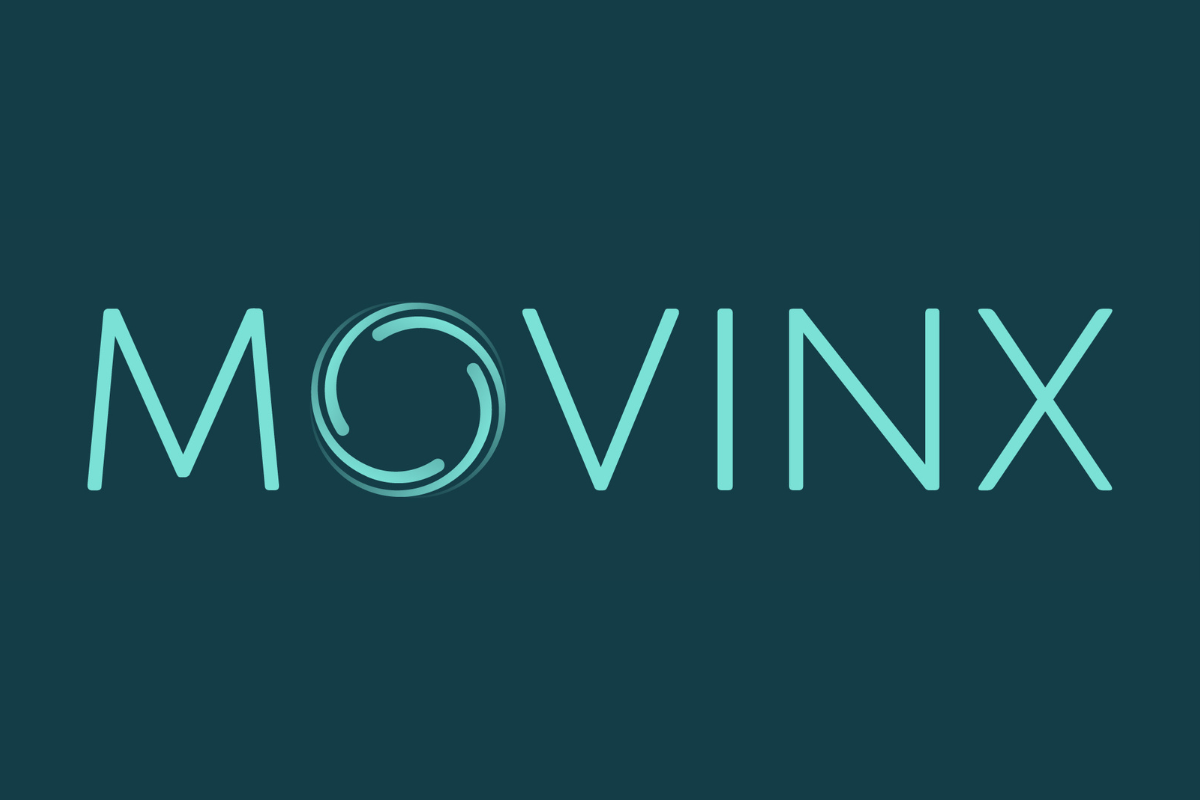Leading a multicultural team, the Movinx way
by Dr. Caro Gabor, Movinx CEO
CEO of Movinx, Caro Gabor shares her philosophy of managing a multicultural team and how it’s a huge asset to Movinx’s global mission.
Addressing a paradox: Lack of innovation in tech
It seems a little funny to suggest that today, in 2022, we are still missing crucial innovation in tech organizations, especially when it comes to managing multicultural teams. Startups are always pouring their resources into understanding their market and customers. But I have noticed where they should also be pouring more time and energy: their team structure and company culture.
Any tech company that wants to spread across multiple geographic markets – and let’s be honest, that’s most of them – needs to include a focus on multiculturalism in its management strategy. People often focus on the element of nationality or national culture represented in a team when talking about being multicultural.
This is obviously a huge part of leading a multicultural team, but there are also some other cultural nuances I think managers should always be considering. Things like age, ethnicity, professional/educational background, organizational background, socio-economic status and others also bring multicultural elements to a multicultural team.
Gone global
My career path has offered me the opportunity to work not only around the world but closely with global team members and collaborators, on their terms. This has given me invaluable insight when approaching challenges, goals and problems. One of the most valuable things when working with and managing across cultures is that a multi-cultural team that is highly integrated and functioning at its best outpaces all its competitors.
With Movinx this is especially true, our people come from around the world and we speak over 15 languages! We are a true global company: our customers are global so having a team that is able to adapt to different global nuances is essential.
Leadership and management methods
When leading a multicultural team, it’s important to have a basic understanding of different societal and cultural values. I have two wonderful resources for understanding different societal social clusters’ values anywhere in the world:
Cross-cultural empathy
Imagine if startups with multicultural teams spent time teaching and engaging with their team on the basis of results from the Globe Project’s pillar of cultural visualization. Elements such as: performance orientation, assertiveness, power distance, future orientation and others, can provide leaders with a deeper understanding of their employees’ values and the markets where they operate. A deeper understanding by managers and team members of the cultural expectations and differences across the team can help identify strengths and new ideas.
Similarly, the Culture Map has become a staple in my book collection. This is not an academic book, it’s a people book. It’s full of actionable ideas about attitudes of people from around the world, and how we interact with one another. There is a multitude of management tools arising from this book which can help teams gain a deeper understanding of their own cultural perceptions and ideologies that can encourage higher levels of organizational empathy.
This feeds into another need in the modern workplace:
Revamping hierarchical structures
This isn’t new, but time and time again I’m shown that command and control structures are out, and flat hierarchies are here to stay (an extremely rogue opinion coming from a German, trust me!). I’ve been a proponent of flat hierarchies for years; I’ve learned that they are excellent for keeping leaders accessible to other team members. Vice-versa, leaders are able to keep a finger on the pulse of the company’s activities, and it also encourages cross-department collaboration.
With that being said, keeping a tight span of control – where team leaders have a group no bigger than 8-10 people to manage – also encourage deep personal connections, collaboration and proactive management that is a bread and butter in a post-pandemic – increasingly remote – landscape.
Getting things done
To be most effective, at Movinx, we combine a flat hierarchy with a process similar to Google’s OKRs (Objectives and Key Results). Each member of the team has full access to this document, and each department of Movinx has – in consultation with its team members – added to the company-wide OKRs.
Achieving a company objective is something that is not “owned” by any one department, this exercise makes it clear that for us to move forward, we all need to chip in and collaborate across departmental boundaries. This has been extremely helpful to us to ensure progress against business objectives, cross-channel alignment and direct accountability (which are exactly what our company values are all about).
In a recent meeting, I asked Carlotta Mondino, our New Markets & Strategy Lead, about how transparency and OKRs fit into their workflow:

Sounds fun?
I’m proud to lead Movinx as we transform the car insurance industry. It’s through a constant effort to welcome new ideas and ways of doing things that we’re going to succeed. We’re scaling up and looking for new members of the team. If our multicultural global environment sounds like a fit, check out our open positions.
Related Posts
50% women in tech by end of 2023: Movinx
Today, international insurtech company, Movinx, announced its commitment to employ at least 50 percent of women in technology positions by the end of 2023.
Difficult stories make a high-performance team
"Our best marketing employee is Elon Musk!", says Caro Gabor with a twinkle in her eyes. Musk’s goal of fixing the "incredibly inefficient“ car insurance market while making a lot of money from it has gotten the attention of the car industry.
Changes to power our future: Movinx
Movinx, the global insurance technology company focusing on embedded auto insurance, has announced a series of executive team changes today.
Mentoring and team stability in tech
Challenging employees to grow and develop new skills, and fostering a clear channel of communication: this is how tech managers are building stability and mentorship at Movinx.





